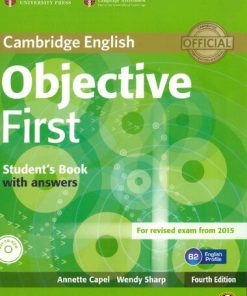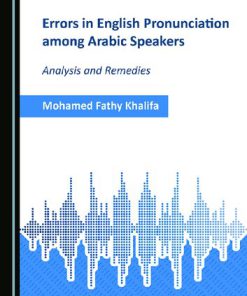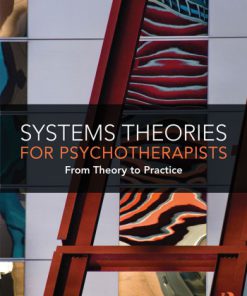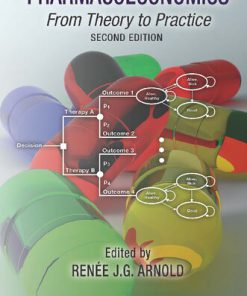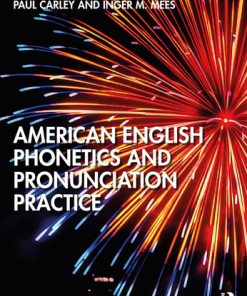English Pronunciation for Speakers of Spanish From Theory to Practice 1st edition by María De Los Ángeles Gómez González, Teresa Sánchez Roura 1501510967 9781501510960
$50.00 Original price was: $50.00.$25.00Current price is: $25.00.
English Pronunciation for Speakers of Spanish From Theory to Practice 1st edition by María De Los Ángeles Gómez González, Teresa Sánchez Roura – Ebook PDF Instant Download/DeliveryISBN: 1501510967, 9781501510960
Full download English Pronunciation for Speakers of Spanish From Theory to Practice 1st edition after payment.
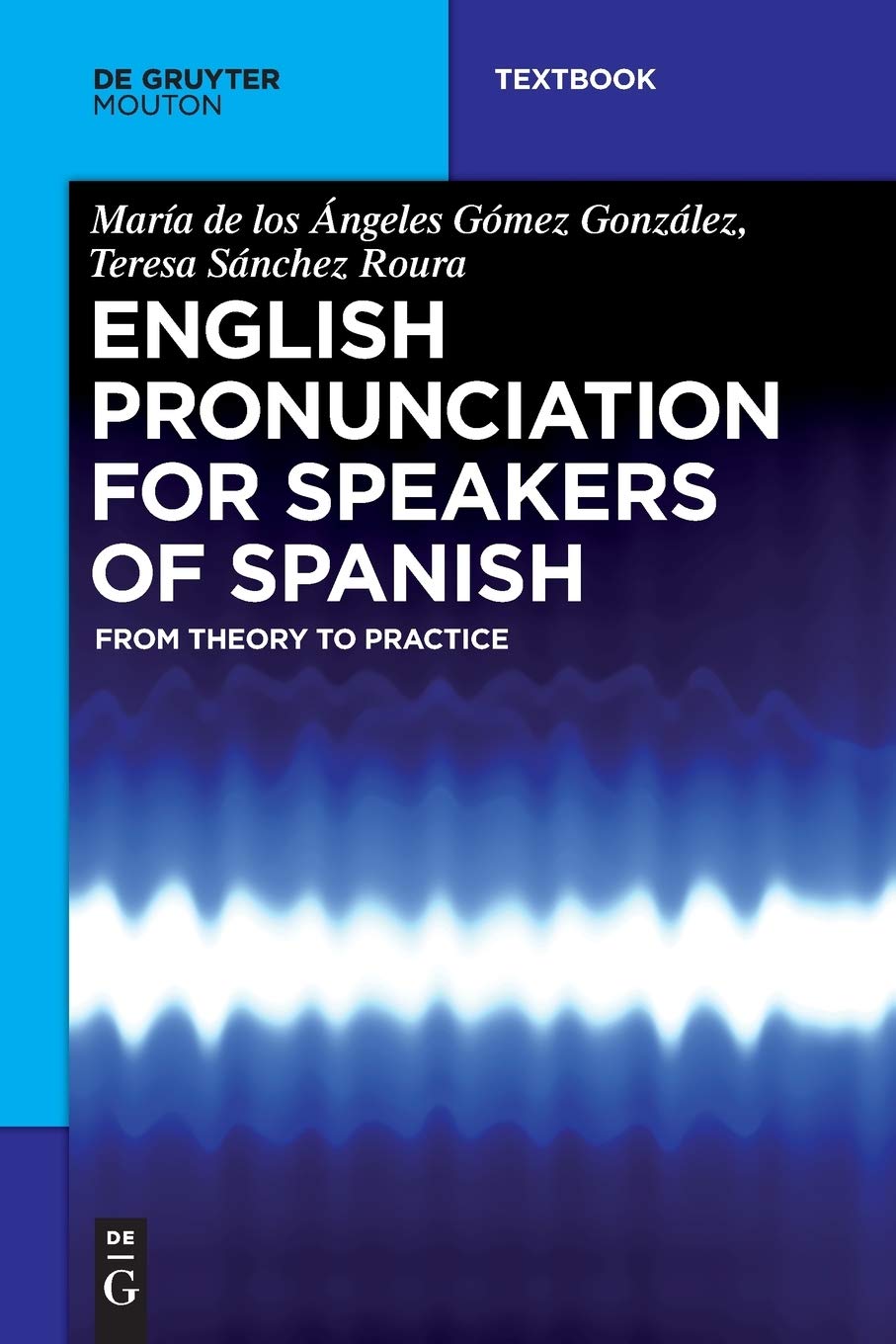
Product details:
ISBN-10 : 1501510967
ISBN-13 : 9781501510960
Author: María De Los Ángeles Gómez González, Teresa Sánchez Roura
English Pronunciation for Speakers of Spanish fills a gaping hole in the market for books on English phonetics and pronunciation because it not only combines theoretical issues and applications to practice, but it also adopts a contrastive English-Spanish approach to better suit the needs of Spanish-speaking learners of English (SSLE), enabling them to build gradually on the knowledge gained in each chapter.
English Pronunciation for Speakers of Spanish From Theory to Practice 1st Table of contents:
1 Phonetics and Phonology
1.1 Introduction
1.2 Phonetics
1.2.1 Articulatory phonetics
1.2.2 Acoustic phonetics
1.2.3 Auditory phonetics
1.2.4 The interface of the auditory, acoustic and articulatory levels
1.3 Phonology
1.3.1 Phone, phoneme and allophone
1.3.2 Phonological analysis
1.3.3 Phonological structure
1.3.3.1 The syllable
1.3.3.2 Syllabic patterns in English and Spanish and advice
1.3.3.3 Syllabic consonants
1.4 Phonetic transcription
1.4.1 The International Phonetic Alphabet (IPA)
1.4.2 Types of phonetic transcription
1.5 Received Pronunciation (RP) and Peninsular Spanish (PSp)
1.6 A guide to the phonetic transcription of RP and PSp
Further reading
Exercises
2 The Production and Classification of Speech Sounds
2.1 Introduction
2.2 The organs of speech
2.2.1 The respiratory system and pulmonic sounds
2.2.2 The phonatory system, phonation modes and glottalic sounds
2.2.3 The articulatory system and velaric sounds
2.3 Articulatory features and classification of phonemes
2.3.1 Vowels and vowel glides
2.3.1.1 Tongue shape
2.3.1.2 Lip shape
2.3.1.3 The cardinal vowels and the Cardinal Vowel Scale
2.3.1.4 Duration and energy of articulation
2.3.1.5 Steadiness of articulatory gesture
2.3.2 Consonants
2.3.2.1 Voicing and energy of articulation
2.3.2.2 Place of articulation
2.3.2.3 Manner of articulation
2.3.2.4 Orality
2.3.2.5 Secondary articulation
2.4 Acoustic features of speech sounds
2.4.1 Vowels
2.4.2 Vowel glides
2.4.3 Consonants and glide consonants
Further reading
Exercises
3 Vowels and Vowel Glides
3.1 Introduction
3.2 A comparison of English and Spanish pure vowels
3.2.1 Group 1: RP vs. PSp /i/
3.2.2 Group 2: RP vs. PSp /e/
3.2.3 Group 3: RP vs. PSp /a/
3.2.4 Group 4: RP vs. PSp /o/
3.2.5 Group 5: RP vs. PSp /u/
3.3 A comparison of English and Spanish vowel glides
3.3.1 Closing diphthongs
3.3.1.1 RP vs. PSp
3.3.1.2 RP vs. PSp
3.3.2 Centring diphthongs: RP
3.3.3 Diphthongs + []Further reading
Exercises
4 Consonants
4.1 Introduction
4.2 A comparison of English and Spanish consonants
4.2.1 Plosives
4.2.1.1 Bilabial plosives /p b/
4.2.1.2 Alveolar plosives /t d/
4.2.1.3 Velar plosives /k g/
4.2.2 Fricatives
4.2.2.1 Labio-dental fricatives: RP /f v/ vs. PSp /f/
4.2.2.2 Dental fricatives: RP vs. PSp
4.2.2.3 Alveolar fricatives: RP /s z/ vs. PSp /s/
4.2.2.4 RP palato-alveolar fricatives
4.2.2.5 RP glottal fricative /h/
4.2.3 Affricates: RP vs. PSp
4.2.4 Nasals: RP vs. PSp
4.2.5 Approximants
4.2.5.1 Liquids: RP /r l/ vs. PSp
4.2.5.2 Glide consonants /jw/
Further reading
Exercises
5 Segment Dynamics: Aspects of Connected Speech
5.1 Introduction
5.2 Co-articulation and allophonic variations of vowels and consonants
5.2.1 Length
5.2.2 Voicing
5.2.3 Lip shape
5.2.4 Nasal resonance
5.2.5 Aspiration
5.2.6 Types of release
5.2.7 Place of articulation
5.2.8 Lenition and fortition
5.2.8.1 Affrication and fricativisation
5.2.8.2 Glottaling and glottalisation
5.3 Assimilation and phonemic variations
5.3.1 Place of articulation
5.3.2 Manner of articulation
5.3.3 Variations in voicing
5.3.4 Coalescent assimilation
5.4 Elision
5.5 Linking
5.6 Juncture
5.7 Gradation
5.7.1 Weak and strong forms
5.7.2 Neutralisation of weak forms
5.8 Advice to learners
Further reading
Exercises
6 Beyond the Segment: Stress, Rhythm and Intonation
6.1 Introduction
6.2 Stress and rhythm
6.2.1 Stress-timed languages versus syllable-timed languages
6.2.2 Word stress
6.2.2.1 Levels of stress
6.2.2.2 Placement of stress
6.2.3 Prosodic stress
6.2.3.1 Rhythmical variations
6.2.3.2 Usage
6.2.3.3 Emphatic and contrastive patterns
6.2.4 Nuclear stress
6.3 Intonation
6.3.1 Intonation groups and tonality
6.3.2 Structure of intonation groups and tonicity
6.3.3 Intonation patterns and tone
6.3.3.1 Simple tones: Falls and rises
6.3.3.2 Complex tones: Fall-rises and rise-falls
6.3.4 The functions of intonation
6.3.4.1 Attitudinal function
6.3.4.2 Accentual function
6.3.4.3 Grammatical function
6.3.4.4 Discourse function
6.3.4.5 Illocutionary function
6.3.4.6 Other functions
6.4 The prosody of English and Spanish compared and advice
6.4.1 Stress and rhythm
6.4.2 Intonation
Further reading
Exercises
7 Predicting Pronunciation from Spelling (and Vice Versa)
7.1 Introduction
7.2 Spelling-to-sound correspondences of vowels
7.2.1 Stressed vowels
7.2.1.1 Syllable division
7.2.1.2 The letter , and other V sounds: “Heavy” and “r-tense”
7.2.1.3 Different V sounds after /w/
7.2.1.4 Lax instead of tense
7.2.1.5 Tense instead of lax
7.2.1.6 Lax vs. heavy
7.2.1.7 Digraphs
7.2.2 Unstressed vowels
7.2.3 Silent V letters
7.3 Spelling-to-sound correspondences of consonants
7.3.1 Voicing and “silent” C letters
7.3.1.1 Voicing
7.3.1.2 Silent C letters
7.3.2 Summary
7.3.3 Other details of pronunciation
7.4 Sound-to-spelling correspondences
7.4.1 Vowels
7.4.2 Consonants
People also search for English Pronunciation for Speakers of Spanish From Theory to Practice 1st:
english pronunciation for speakers of spanish from theory to practice
pronunciation exercises for spanish speakers of english
pronunciation problems for spanish speakers of english
pronunciation of the spanish alphabet for english speakers
pronunciation practice for spanish speakers of english
Tags: English Pronunciation, Speakers, Spanish, Practice, María De Los Ángeles Gómez González, Teresa Sánchez Roura
You may also like…
Education Studies & Teaching - Studying & Test Preparation
Objective First for Spanish Speakers Student s Book with Answers 4th Edition Annette Capel
Education Studies & Teaching
Reference - Thesauri
Education Studies & Teaching
Education Studies & Teaching - School Education & Teaching
Uncategorized
Relationships & Lifestyle - Diet & Nutrition
Systems Theories for Psychotherapists From Theory to Practice Michael D. Reiter
dictionaries & phrasebooks
American English Phonetics and Pronunciation Practice Paul Carley




